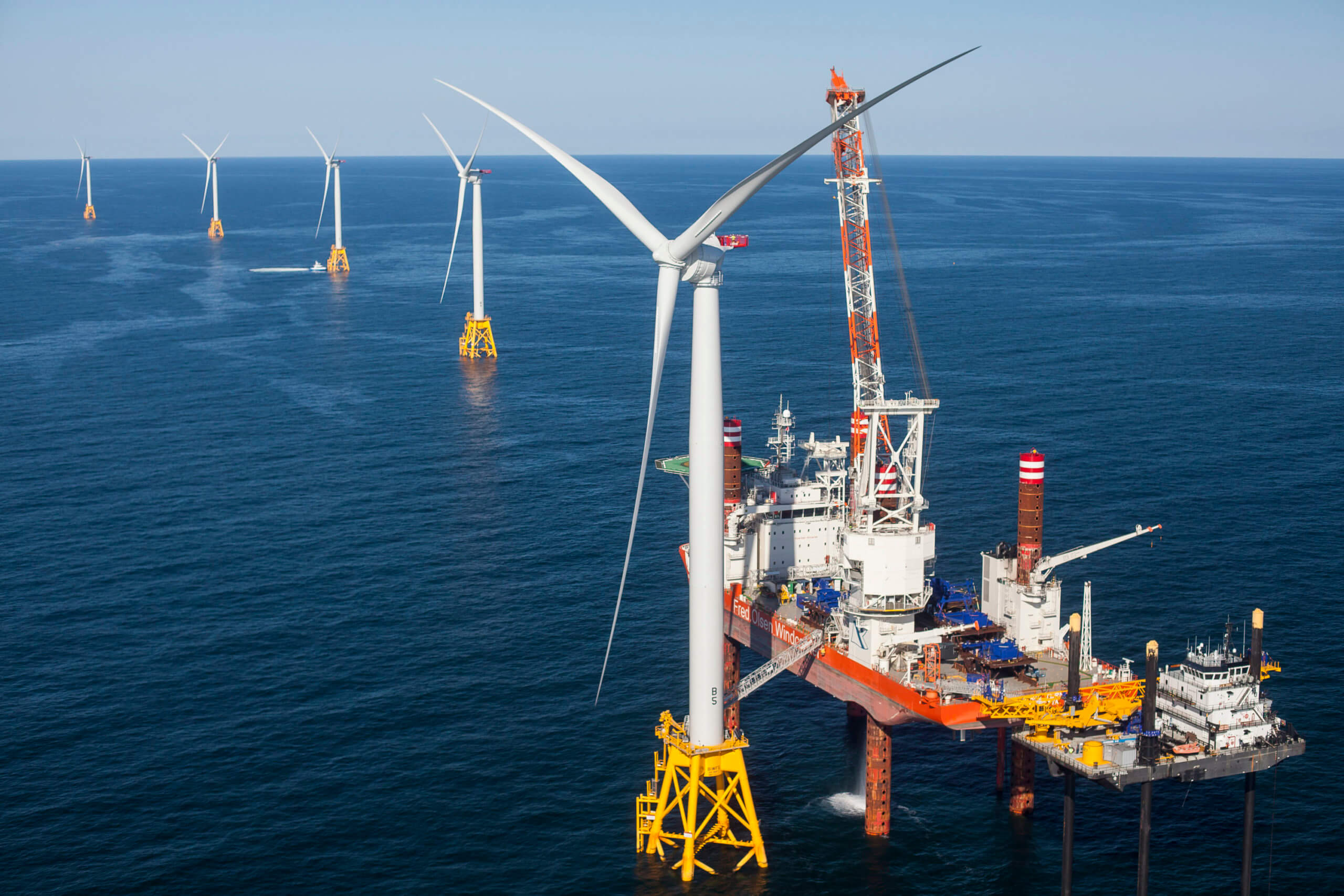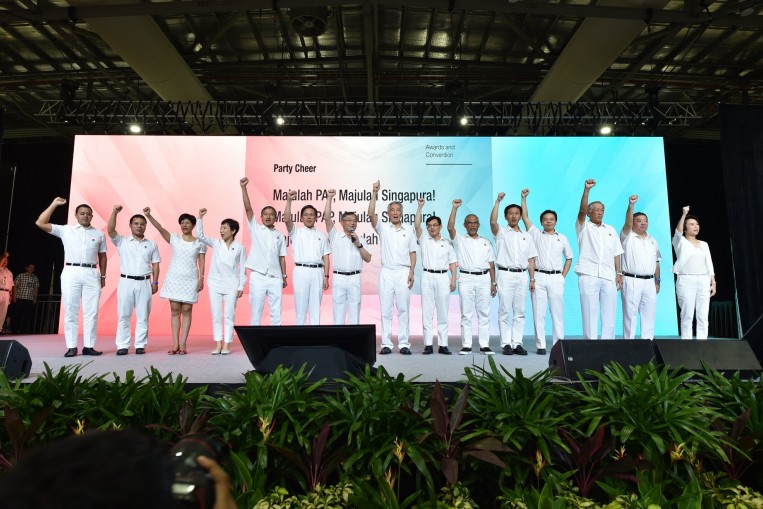The High Price Of Offshore Wind: A Shift In Industry Sentiment

Table of Contents
Soaring Capital Expenditure (CAPEX) in Offshore Wind Projects
The dramatic increase in offshore wind project costs is primarily driven by soaring capital expenditure (CAPEX). Several factors are contributing to this alarming trend:
- Increased Material Costs: The price of steel, concrete, and specialized components for wind turbines has skyrocketed in recent years, significantly impacting project budgets. Inflation and global supply chain issues have exacerbated this problem.
- Supply Chain Disruptions and Inflation: Global supply chain disruptions, particularly those stemming from the COVID-19 pandemic and geopolitical instability, have led to material shortages and increased transportation costs. This has resulted in substantial delays and cost overruns for numerous offshore wind projects.
- Rising Labor Costs and Skilled Worker Shortages: The specialized skills required for offshore wind installation and maintenance are in high demand, leading to increased labor costs. A shortage of qualified workers further contributes to project delays and higher expenses.
- Complex Permitting and Regulatory Processes: The lengthy and complex permitting processes associated with offshore wind projects add considerable time and expense. Navigating environmental regulations, securing necessary approvals, and dealing with stakeholder consultations can significantly inflate project costs.
For example, the Vineyard Wind project off the coast of Massachusetts experienced notable cost overruns, highlighting the challenges associated with offshore wind project finance in the current economic climate. Data from various industry reports consistently show a marked increase in CAPEX for offshore wind projects globally, exceeding initial projections by significant margins.
Technological Challenges and Their Impact on Offshore Wind Costs
Technological hurdles pose another significant challenge, directly impacting the overall price of offshore wind energy. These include:
- Harsh Marine Environments: Installing and maintaining offshore wind turbines in challenging marine environments presents unique logistical and engineering complexities. These harsh conditions increase maintenance costs and the risk of damage to equipment.
- Technological Advancements Needed to Reduce OPEX: While turbine technology continues to advance, there is a need for further innovation to improve efficiency and reduce operational costs (OPEX) throughout the lifecycle of an offshore wind farm.
- Grid Integration Challenges: Integrating large-scale offshore wind energy into existing electricity grids is technically challenging and expensive. Upgrading grid infrastructure to accommodate the influx of renewable energy often requires significant investment.
The considerable R&D investment required to overcome these technological barriers adds to the overall price of offshore wind energy, impacting project feasibility and investor confidence. This underscores the need for continued innovation and investment in offshore wind technology.
Subsidies and the Shifting Political Landscape for Offshore Wind
Government subsidies have played a crucial role in supporting the development of the offshore wind industry. However, the political landscape regarding renewable energy incentives is shifting, raising concerns about the long-term viability of these projects:
- Reduced Subsidies: Some governments are reducing or phasing out subsidies for renewable energy, placing greater pressure on offshore wind developers to secure private investment. This change in government policy directly affects project feasibility and investor appetite.
- Political Uncertainty: The fluctuating nature of government policies and the uncertainty surrounding future subsidies create additional risks for investors and developers. This uncertainty impacts project planning and financing.
The reduction or elimination of subsidies can make offshore wind projects less economically attractive, particularly in the face of rising CAPEX and other challenges. This shift in the political landscape is a major factor influencing the current industry sentiment.
The Changing Sentiment Among Investors and Developers
The escalating costs and associated risks are significantly impacting investor perception of offshore wind projects.
- Increased Risk Assessments: Investors are conducting more stringent risk assessments, factoring in the increased likelihood of cost overruns and delays. This heightened risk aversion makes securing project financing more challenging.
- Impact on Investment Decisions: The rising price of offshore wind is leading some investors to reconsider their commitment to the sector, potentially slowing down the pace of project development.
- Industry Consolidation: The economic pressures may lead to mergers, acquisitions, and consolidation within the industry, with larger companies absorbing smaller, less financially stable players.
This changing investor sentiment reflects a significant shift in the industry's overall outlook. The higher perceived risk associated with offshore wind projects is impacting investment decisions and shaping the future landscape of the sector.
Conclusion: Navigating the High Price of Offshore Wind
The high price of offshore wind energy is a complex issue stemming from a combination of factors, including soaring CAPEX, technological challenges, evolving government subsidies, and shifting investor sentiment. This has resulted in a noticeable shift in industry sentiment, with concerns growing about the long-term viability of the sector.
To mitigate these escalating costs and ensure the future of offshore wind as a vital renewable energy source, several strategies are necessary: These include focused technological innovation to drive down OPEX, improved project planning and risk management, and streamlined regulatory processes to reduce permitting delays and costs.
The high price of offshore wind demands a concerted effort from stakeholders across the industry. Let's work together to find innovative solutions and ensure the long-term viability of this vital renewable energy source. Further research and discussion are crucial to address the challenges and unlock the full potential of offshore wind, making this crucial technology a sustainable and cost-effective contributor to a cleaner energy future.

Featured Posts
-
 New Poll Farage Surpasses Starmer In Prime Ministerial Preference Across Over Half Of The Uk
May 04, 2025
New Poll Farage Surpasses Starmer In Prime Ministerial Preference Across Over Half Of The Uk
May 04, 2025 -
 Ai Driven Podcast Creation From Scatological Data To Engaging Content
May 04, 2025
Ai Driven Podcast Creation From Scatological Data To Engaging Content
May 04, 2025 -
 Reform Partys New Slogan A Pr Disaster For Nigel Farage
May 04, 2025
Reform Partys New Slogan A Pr Disaster For Nigel Farage
May 04, 2025 -
 The Future Of Electric Motors Diversifying Supply Chains Beyond China
May 04, 2025
The Future Of Electric Motors Diversifying Supply Chains Beyond China
May 04, 2025 -
 Reform Party Leadership Should Farage Step Aside For Rupert Lowe
May 04, 2025
Reform Party Leadership Should Farage Step Aside For Rupert Lowe
May 04, 2025
Latest Posts
-
 Ai Driven Podcast Creation From Scatological Data To Engaging Content
May 04, 2025
Ai Driven Podcast Creation From Scatological Data To Engaging Content
May 04, 2025 -
 Will The Opposition Break The Paps Hold On Power In Singapore
May 04, 2025
Will The Opposition Break The Paps Hold On Power In Singapore
May 04, 2025 -
 Turning Poop Into Profit An Ai Powered Podcast Revolution
May 04, 2025
Turning Poop Into Profit An Ai Powered Podcast Revolution
May 04, 2025 -
 Singapore Election Assessing The Oppositions Chances
May 04, 2025
Singapore Election Assessing The Oppositions Chances
May 04, 2025 -
 Singapores Political Landscape The Pap Faces Electoral Scrutiny
May 04, 2025
Singapores Political Landscape The Pap Faces Electoral Scrutiny
May 04, 2025
